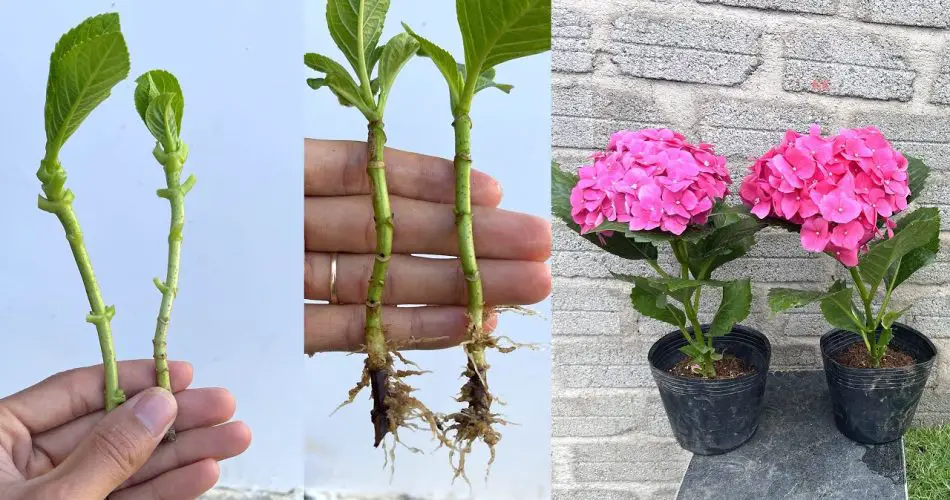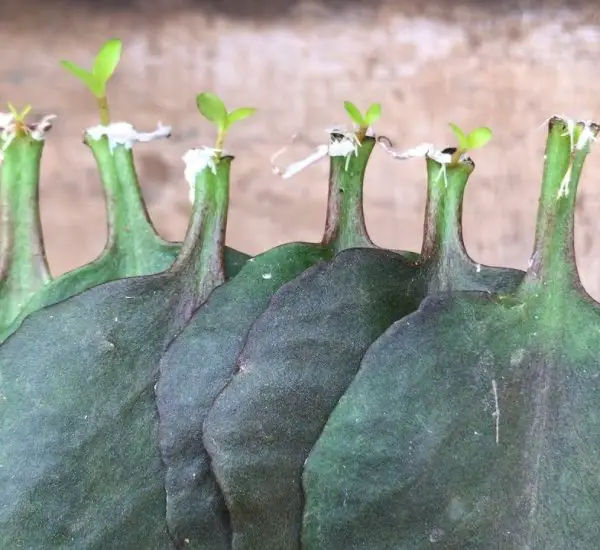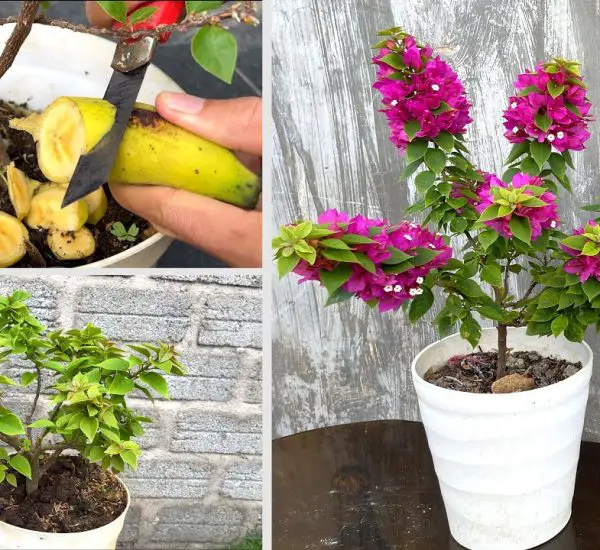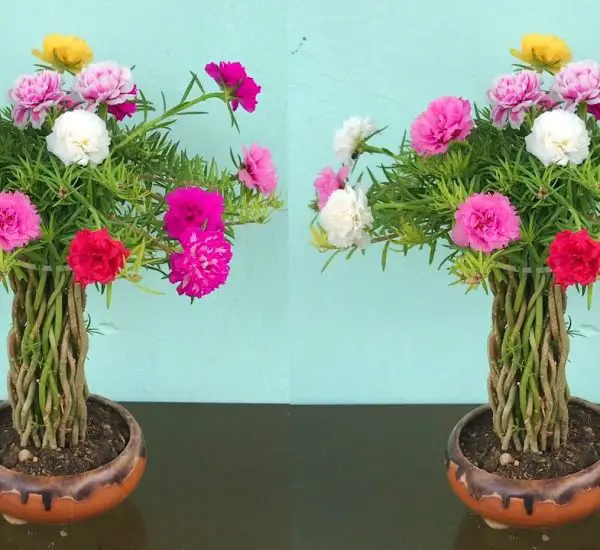Hydrangea paniculata, commonly known as panicle hydrangea, is a favorite among gardeners for its impressive, cone-shaped blooms and versatile growth habits. Growing these hydrangeas with strong, healthy branches can significantly enhance their appearance and flowering potential. Here’s a comprehensive guide on how to successfully cultivate Hydrangea paniculata with flourishing branches.
Understanding Hydrangea Paniculata
Hydrangea paniculata is renowned for its large, showy flowers that range from creamy white to vibrant pink, depending on the variety and soil conditions. These hydrangeas are characterized by their upright, branching structure and adaptability to various climates.
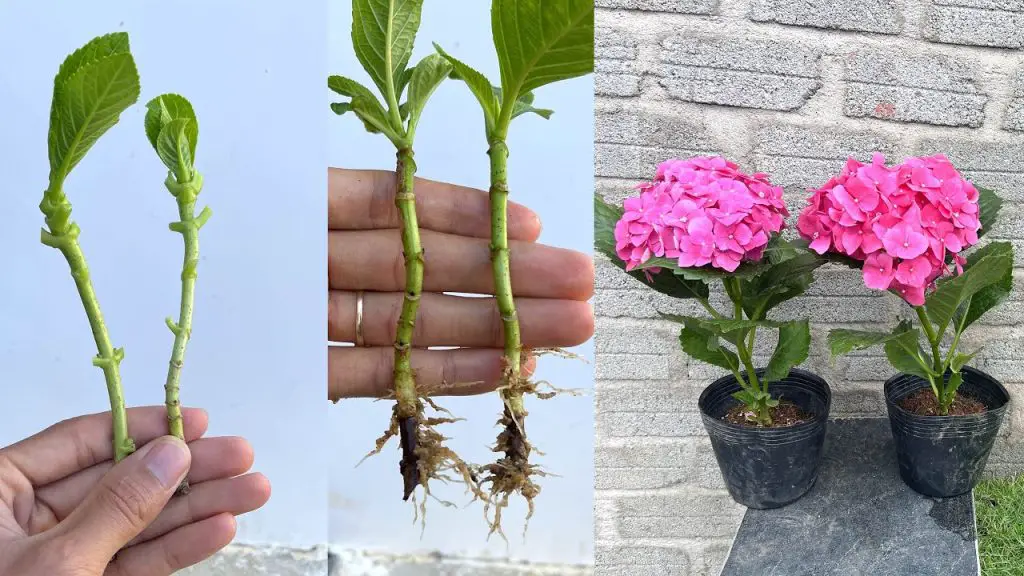
Tips for Growing Hydrangeas with Strong Branches
- Choose the Right Variety:
- Select a panicle hydrangea variety suited to your climate and garden conditions. Popular choices include ‘Limelight,’ ‘Pinky Winky,’ and ‘Quick Fire,’ each offering unique flower colors and growth habits.
- Optimal Planting Location:
- Sunlight: Plant hydrangeas in a location that receives full sun to partial shade. While they can tolerate full sun, they prefer some afternoon shade, especially in hotter climates.
- Soil: Ensure the soil is well-draining and rich in organic matter. Hydrangeas thrive in loamy or sandy soil with a pH of 5.5 to 6.5.
- Proper Planting Technique:
- Dig a hole that is twice as wide and just as deep as the root ball. Position the plant so that the top of the root ball is level with the soil surface. This encourages healthy root development and branching.
- Pruning for Strong Branches:
- Timing: Prune panicle hydrangeas in late winter or early spring before new growth begins. This timing ensures that you’re not cutting off potential flower buds.
- Technique: Remove any dead or damaged branches and trim back old growth to encourage new, strong branches. Aim to maintain an open center to improve air circulation and light penetration.
- Fertilization and Care:
- Fertilizer: Use a balanced, slow-release fertilizer in early spring. Hydrangeas benefit from additional nutrients during their growing season to support robust branch and flower development.
- Watering: Keep the soil consistently moist but not waterlogged. Hydrangeas need regular watering, especially during dry spells.
- Mulching:
- Apply a layer of organic mulch around the base of the plant. Mulch helps to retain soil moisture, regulate temperature, and suppress weeds, contributing to overall plant health.
Troubleshooting Common Issues
- Branch Weakness: If branches appear weak or floppy, it may be due to insufficient sunlight or nutrient deficiencies. Ensure proper light exposure and consider a soil test to address any nutrient imbalances.
- Pests and Diseases: Keep an eye out for common pests such as aphids and spider mites, as well as diseases like powdery mildew. Regular inspection and prompt treatment can help manage these issues effectively.
Growing Hydrangea paniculata with strong, healthy branches involves careful attention to planting, pruning, and ongoing care. By choosing the right variety, planting in the optimal location, and providing proper care, you can enjoy a vibrant display of cone-shaped blooms and a lush, well-structured hydrangea garden. Embrace these tips to cultivate beautiful, flourishing hydrangeas with branches that enhance their stunning floral show.
